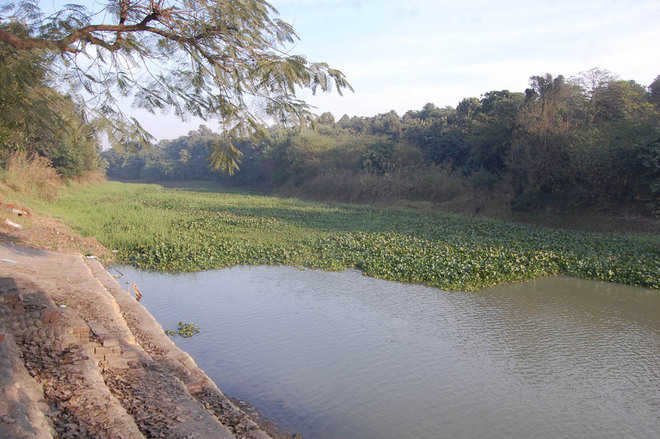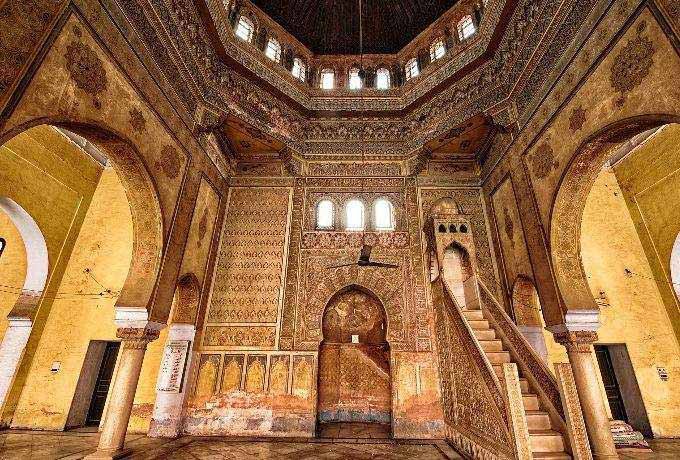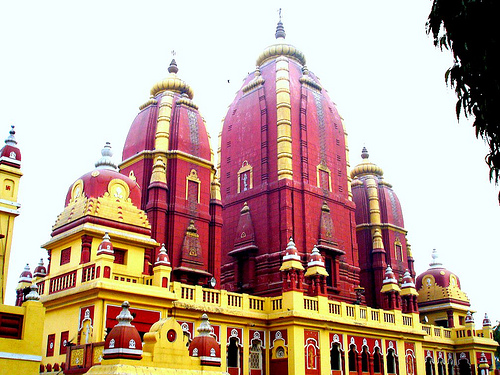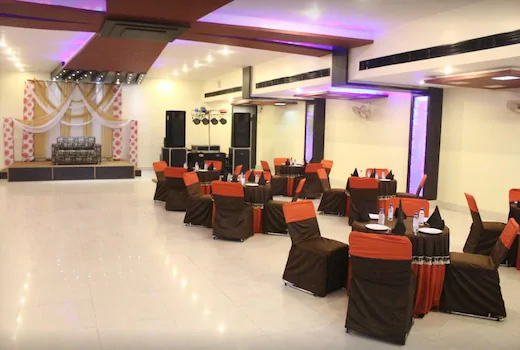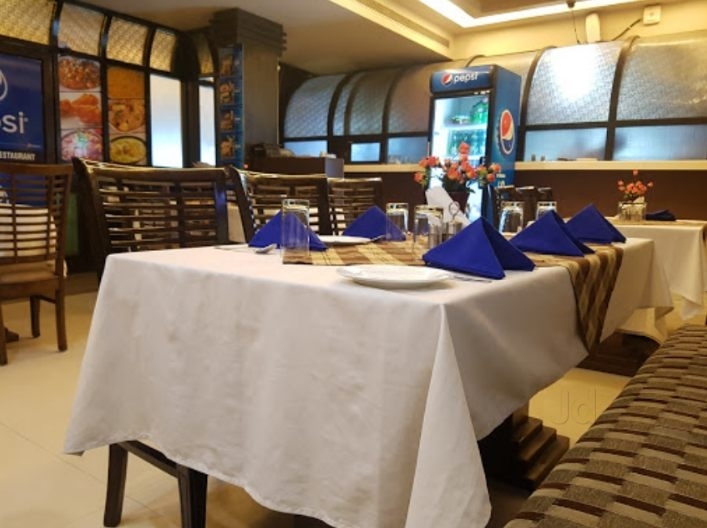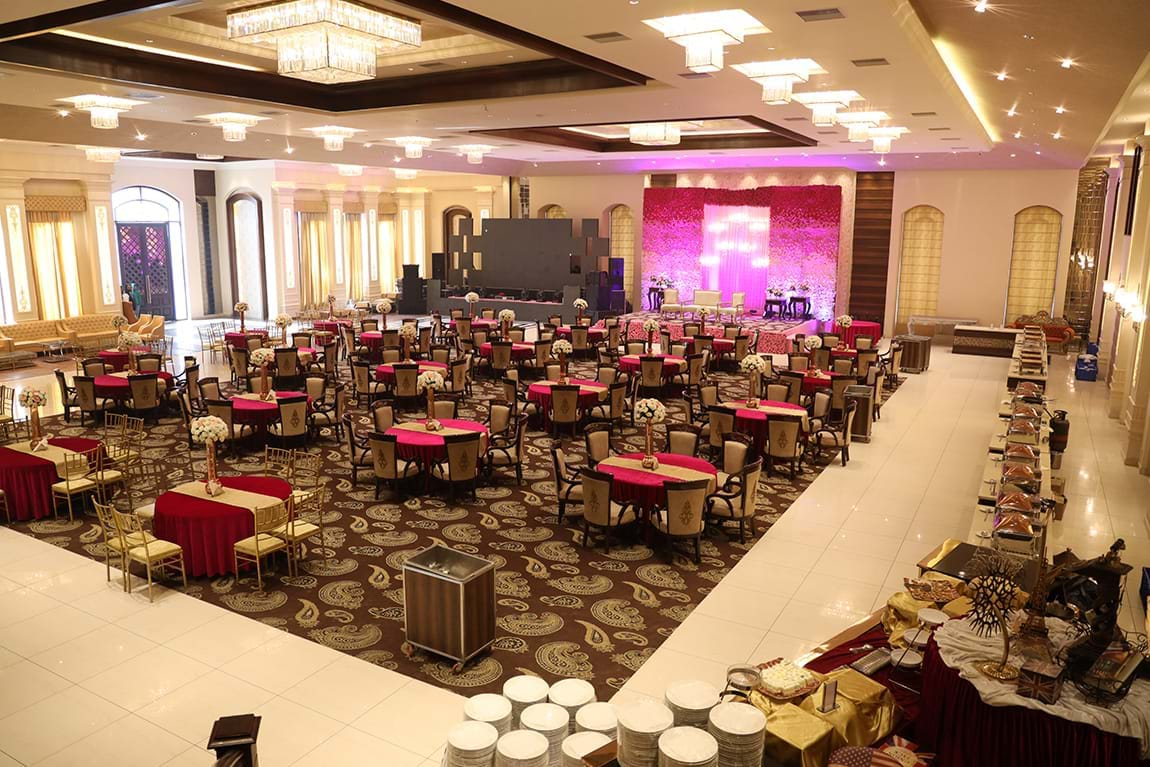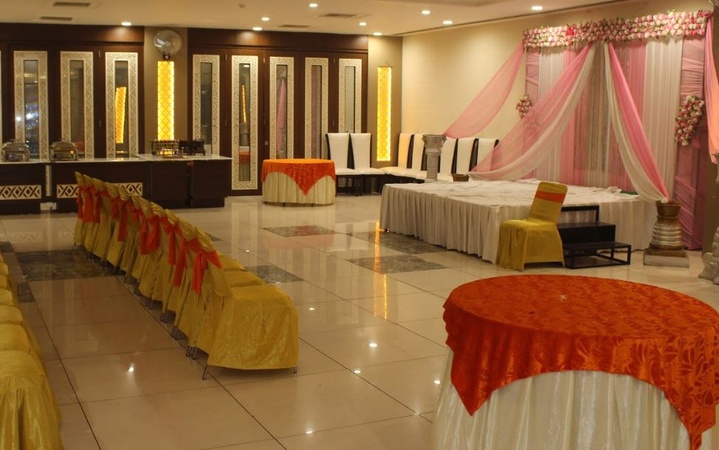Kapurthala
Since the time it was founded in the 11th century by Rana Kapur of Jaisalmer, from whom the town derives its name, Kapurthala has been associated with warriors and kings. It is most intimately connected with Baba Jassa Singh, the founder of the Ahluwalia dynasty, a prominent leader of the Sikh Confederacy whose strength, piety and courage have acquired a legendary status in Punjab history. His nephew, Sardar Fateh Singh, fought alongside Maharaja Ranjit Singh while his great-grandson, Randhir Singh would prove his mettle during the First War of Independence in 1857. Randhir Singh’s grandson, Jagatjit Singh inherited the throne in 1877, ruled the state uninterrupted for 71 years, and is looked upon as the architect of modern Kapurthala. A brilliant, highly educated and widely travelled man, the Maharaja had an abiding interest in aesthetics and architecture. While his keen interest in development and reform, saw Kapurthala acquire a modern sewage and water system, a telephone exchange, an improved judiciary, a State Assembly and State Council, free and compulsory primary education, and agricultural co-operative credit societies, all within a period of twenty years at the turn of the 20th century. The gardens, palaces, villas and mosques he commissioned, blend European, Indo-Saracenic and Sikh styles with enthusiastic abandon. The Jagatjit Palace, Moorish Mosque and Panj Mandir are a major attraction for visitors to Kapurthala. Science enthusiasts are known to make a beeline for the Pushpa Gujral Science City, while nature lovers take in their fill of avian activity at the Kanjli Wetlands. A short distance from the city is Sultanpur Lodi, a site held sacred by Sikhs for its association with Guru Nanak, the founder of Sikhism.
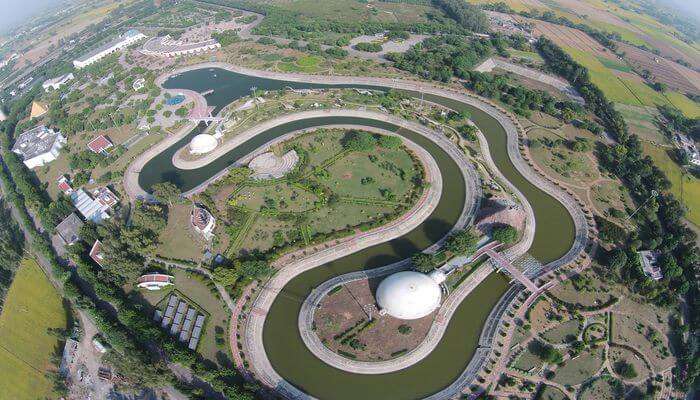

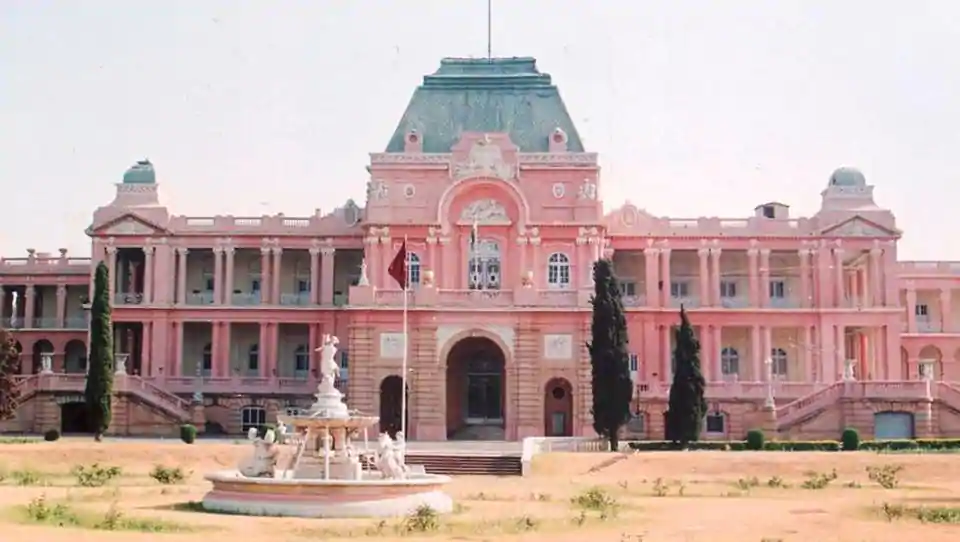
 1
1 2
2 3
3
